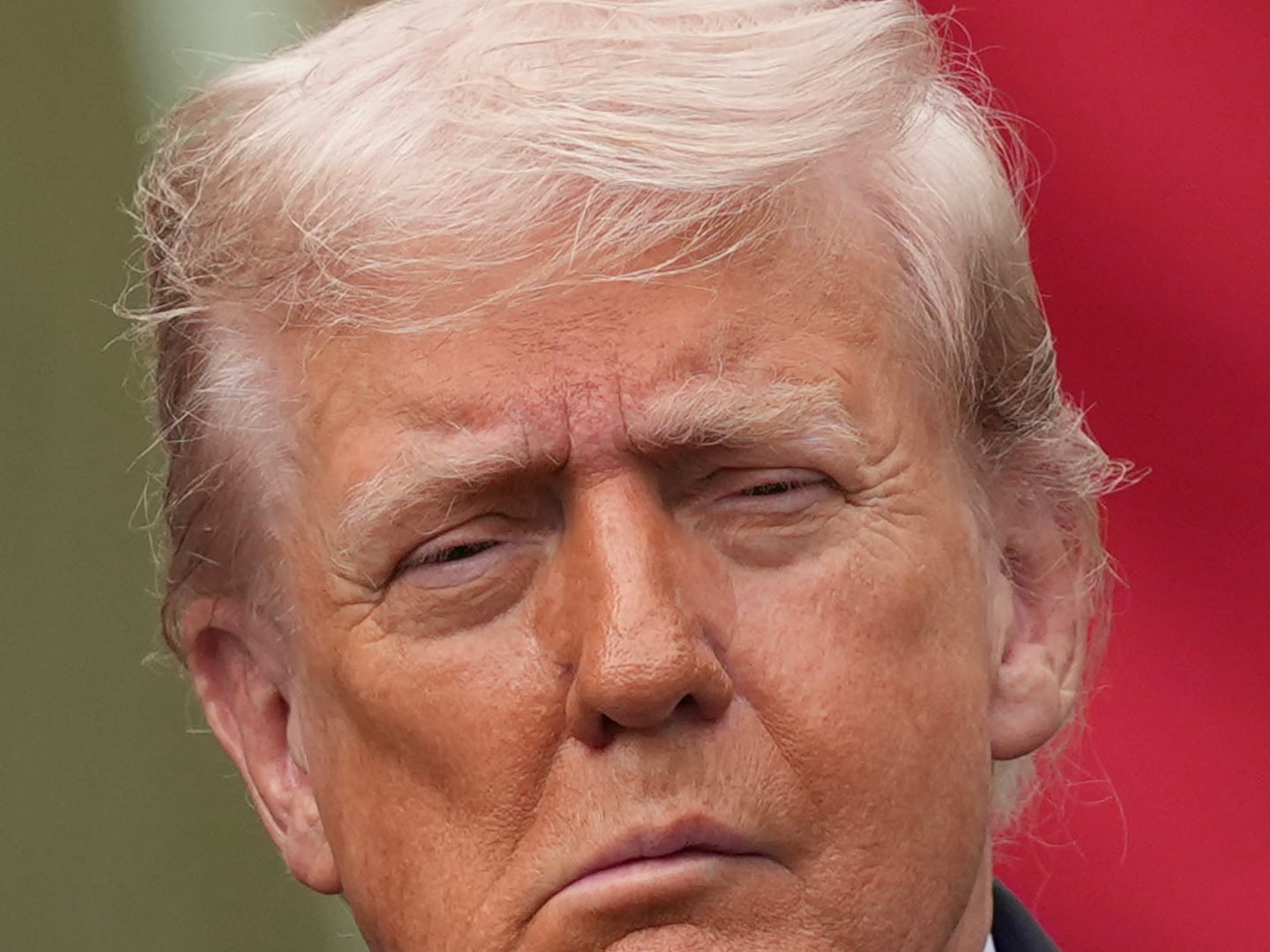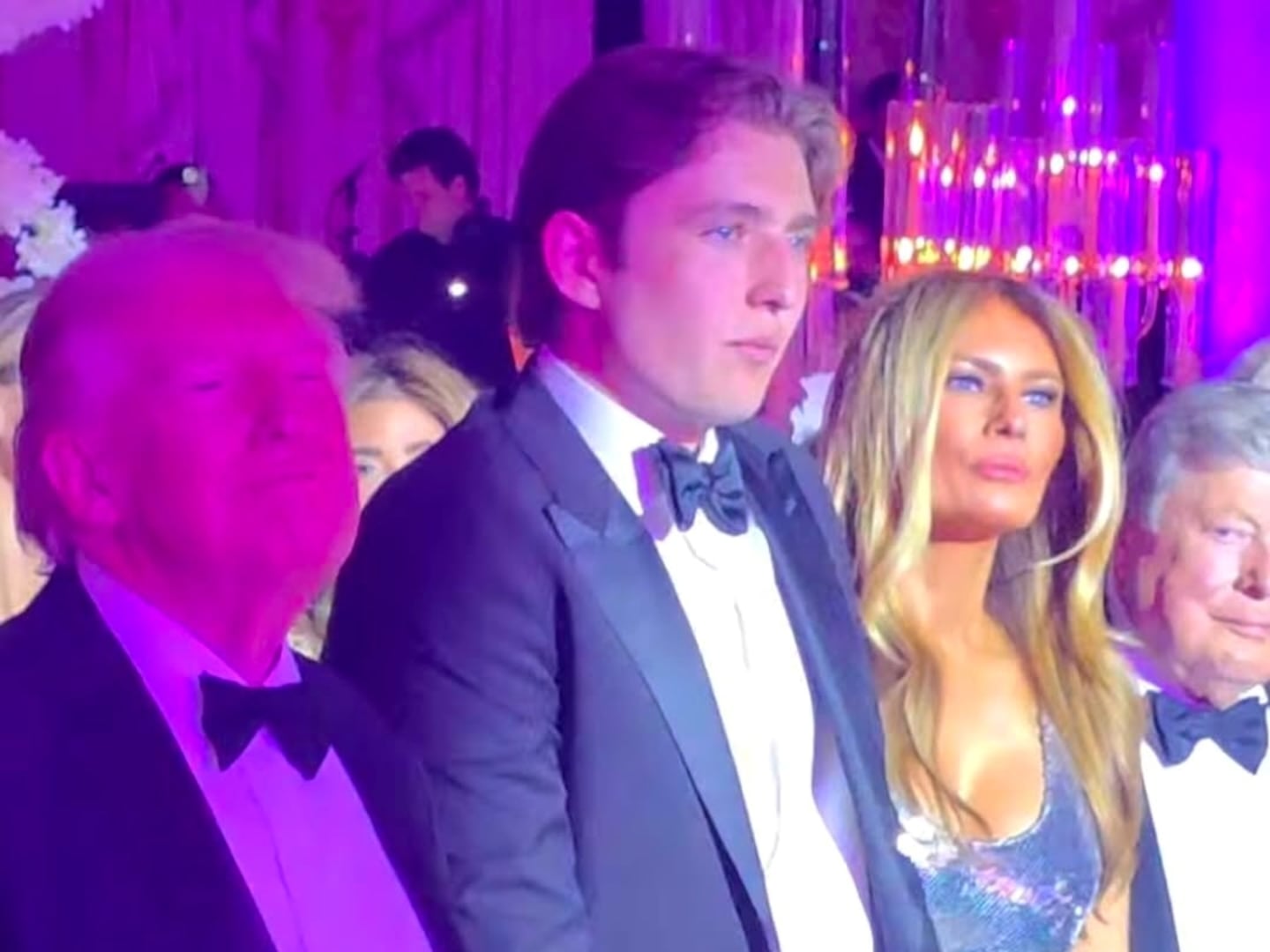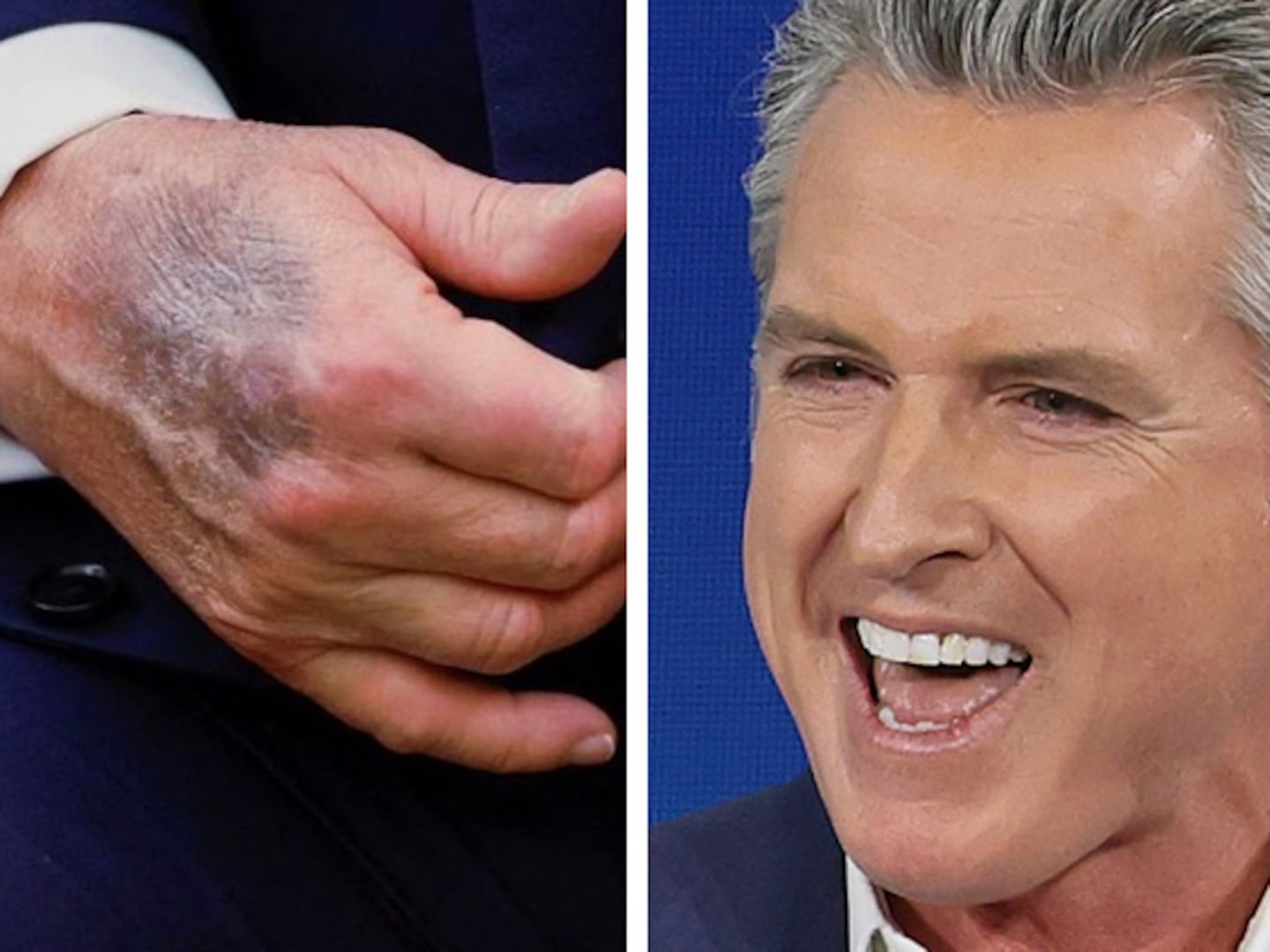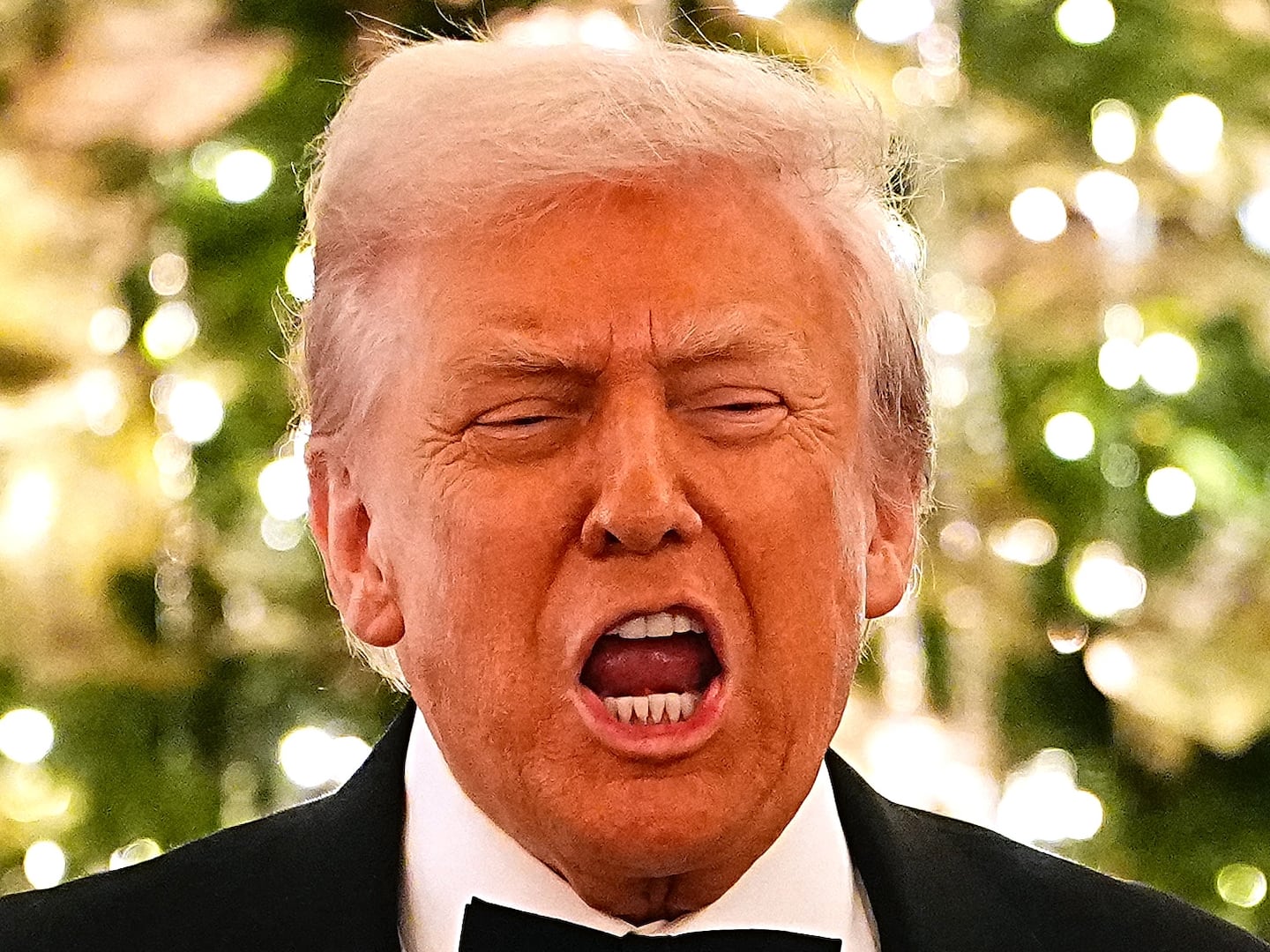Writing about contemporary history poses a difficult challenge. This week, Princeton University Press has published my new edited volume on the presidency of Barack Obama—a first historical assessment by some of the nation’s leading scholars. Just as I did with President George W. Bush, each chapter in The Presidency of Barack Obama: A First Historical Assessment tries to provide a “big-picture” look at one component of his eight years in office—foreign policy, counterterrorism, immigration, energy and environmentalism, race, and much more. The essays are written by historians who specialize in writing for the general public. They are engaging and compelling essays that put into context the eight years that we just lived through.
The challenge for all of our contributors is clear. In short, we still don’t know how the story will end. We aren’t even close. The possibility for a radical change in direction in the impact of his presidency was clear when the contributors presented the first draft of their chapters in November 2016 at a meeting that took place at Princeton just a few days after the 2016 election. With most of the historians, like much of the country, predicting they would be writing about the possible continuation of his legacies under a Democratic administration, the story shifted radically to a tale about the potential for presidential legacy at risk. That back-and-forth has continued. In July 2017, when President Trump’s push for repeal and replace collapsed, it seemed once again like Obama’s legacy was intact. There were more journalistic articles about how the vote proved that dismantling Obama’s accomplishments would not be easy. But when scholars started to add up all the executive actions President Trump had undertaken, as well as the passage of the corporate tax cut, which included the elimination of the individual mandate, the legacy looked fragile again.
But the uncertainty about where things are going and absence of long-term perspective doesn’t negate the many benefits from having historians be the first people at the table. Historians who lived through the moment have a great feel for the emotions and politics of the period. They can listen to or read a speech by a president and understand in a visceral way why it evoked a certain kind of reaction. They can have a strong feeling for the many personalities who inhabit a White House as well as Capitol Hill in a manner that is much more difficult for historians in later decades. While future historians have to scrape together as much information as possible to put together a portrait of the president and his universe, first-take historians remember all of this first hand. The connections between different policies and political struggles that might later appear unrelated, but which at the moment are clearly intertwined, are easier to glean.
Most important, for all the shortcomings, writing the first cut of history is not meant to be the end of the story but rather the start of a conversation. This is our goal in The Presidency of Barack Obama, a first assessment, like Arthur Schlesinger Jr.’s classic accounts of the New Deal or Richard Hofstadter's analysis of McCarthyism, that aims to provoke debate and stimulate further discussion.
Interest Groups, Think Tanks, and Big Money
After his reelection victory against Mitt Romney, Barack Obama hoped that he might be able to use some of the momentum from the victory, even with Republicans in control of Congress, to make progress on key issues on which he had not gained much traction in his first term. Most experts believed that the election proved that Republicans had to move to the center if they hoped to remain a viable national party in presidential elections. The growing power of suburban voters as well as the demographic changes that were making the nation more ethnically and racially diverse meant that a staunchly right-wing party could not survive. It was inevitable, the experts said, that the Republican Party needed to change. But Obama found that, in many areas, powerful interest groups and think tanks had the ability to prevent any kind of serious legislative progress on wedge issues regardless of changing political circumstances, crises, or shifts in public opinion.
Nowhere was this clearer than on the issue of gun control, where the president was desperate to make progress on imposing more legislative restrictions on the ability of Americans to purchase assault weapons. A horrendous school shooting in Newtown, Connecticut, on December 12, 2012, shocked the nation. A 20-year-old shooter named Adam Lanza killed first his mother and then 20 students and 6 staffers at the Sandy Hook Elementary School before committing suicide.
The shooting, like others that had come before it, led to public outcries for Congress to impose stricter gun-control measures. The sentiment was so strong that the president, who believed in such restrictions, moved forward with a proposal. The polls showed that there was strong public support for legislative action, which gave the White House confidence. The national gun lobby blamed gun-free schools for creating a dangerous environment. Disagreeing with the lobby, California Senator Dianne Feinstein introduced legislation to ban assault weapons one month after the shooting took place.
When her colleagues in the Senate considered the assault weapons ban, as well as compromises that were floated by centrist Democrats, it looked as if something might pass. One of the biggest changes was that there were more congressional Democrats willing to push back against the gun-rights lobby and, more important, a president championing the cause.
But despite the public outcry, the National Rifle Association, combined with even more conservative groups like the Gun Owners of America, stood their ground and intensified their pressure on legislators to hold firm. They threatened to withhold campaign funds from any legislator who bolted. They mobilized local chapters to contact their representatives and senators to warn them of the consequences of voting in favor of any bill. They would also be willing to finance primary challenges against Republicans who decided they wanted to move to the center. House Speaker John Boehner warned that there was little chance of the legislation passing in the House, given that the Freedom Caucus had no appetite for the measure, which created a strong disincentive for any Senate Republican to be too bold. The vice president of the National Association for Gun Rights sent a letter to all of its members when a compromise plan emerged from West Virginia Democrat Joe Manchin that would impose tougher background checks and limit sales at gun shows: “I’ve warned you from the beginning,” he said in his email, “that our gravest danger was an inside-Washington driven deal.” The organization instantly jammed the telephones and filled the email in-boxes of senators, including Republican Pat Toomey, who was cosponsoring the bill, demanding that they drop their support for it.
When the legislation died in the Senate in March 2013, with Senator Harry Reid admitting that proponents could not muster the 60 votes necessary for passage, President Obama considered this to be one of his greatest defeats, and a symbol in his mind of why Washington was broken. Even Manchin’s compromise went down to defeat. With 92 percent of the public favoring universal background checks, Manchin’s bill had seemed destined for victory. It was not. The president called the defeat a “shameful day” in Washington. He would repeat this process several times in the coming years, each time in the aftermath of a horrific shooting and each time walking away without any legislation. During the podcast interview with Marc Maron, Obama lashed out against the power the gun-rights lobby wielded despite these tragedies. “This is unique to our country,” the president said. “There is no other advanced nation on earth that tolerates multiple shootings on a regular basis and considers it normal. And to some degree that’s what’s happened in this country.” He blamed the failure on the political process. “Unfortunately, the grip of the NRA on Congress is extremely strong,” Obama said.
The gun-rights issue was only one example where a powerful array of interest groups, think tanks, and donors prevented a liberal Democratic president from putting pressure on Congress. He saw the same story repeated on issues such as immigration reform and climate change, where “inevitable” reforms and electoral pressures on Republicans to move toward the center went absolutely nowhere when confronted with the powerful organizational forces that defended the policy status quo.
A Sobered Pragmatist
When President Obama completed his second term in office, he sounded like a very different man than the person who spoke in Boston in 2004. He was sobered and frustrated, understanding much better the political world that he had entered after his historic election. He was much more willing to use executive power to achieve his goals, although even there he found many of his directives tied up in the courts when conservatives mounted instant legal challenges to any of his efforts to circumvent the legislative process. Trump’s presidential campaign built directly on this infrastructure, revealing to much of the nation just how much the Republican Party had changed over recent decades. Trump found a way, at least in the short term, to turn the conservative strategy into a winning presidential campaign.
In his farewell address to the nation, even while warning of the ways that polarization threatened the nation’s democracy, Obama still held onto his optimistic faith in the “power of ordinary Americans to bring about change—that faith has been rewarded in ways I couldn’t possibly have imagined.” Yet when Obama left office in 2017, he did so with a tempered spirit, understanding how entrenched conservatism had become on a number of fronts so that the swings that occurred in elections were incapable of really remaking the political world, and his legislative successes would remain tenuous once he left office.
Excerpted from THE PRESIDENCY OF BARACK OBAMA: A First Historical Assessment, edited by Julian E. Zelizer. Copyright © 2018 by Princeton University Press. Reprinted by permission.






